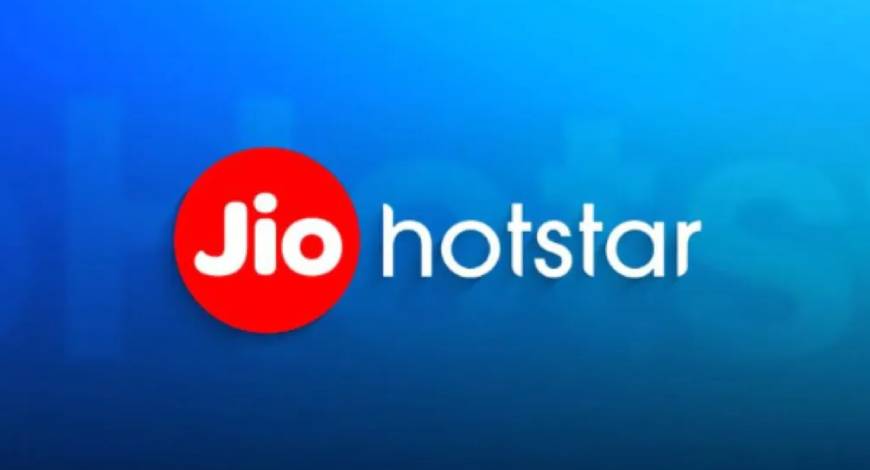Zee Entertainment Enterprises (ZEEL) is back in the spotlight after its promoters increased their stake in the company. According to the brokerage, Nuvama, the company’s subscription revenue continues to rise steadily, while advertisement revenue is expected to recover in the coming quarters. The brokerage has maintained a ‘Buy’ rating for the stock.
Let’s break it down and understand what this means for investors as well as how is Zee Entertainment positioned for growth?
Nuvama on Zee Entertainment : Promoters boost stake
After a long gap, Zee Entertainment promoters have stepped in and acquired around 2.7 million shares worth Rs 270 million through open market purchases. This has raised their stake from 3.99% to 4.28%.
Promoters typically buy shares when they believe the stock is undervalued and has strong long-term potential. According to the brokerage report, “the quantum of this acquisition shows belief in the long-term prospects and growth potential of the company.”
Moreover, Zee Entertainment share price is currently trading at a one-year forward price-to-earnings (P/E) ratio of 10x, significantly lower than its historical average of 14x, added the brokerage report.
Nuvama on Zee Entertainment : Subscription revenue growth
Zee’s subscription revenue has been on a steady upward trend for the last seven quarters. In Q3FY25, it recorded a 6.6% year-on-year (YoY) increase, primarily driven by Zee5’s growing subscriber base.
This segment is expected to continue its growth trajectory, aided by price hikes in traditional TV services, expanding digital subscriber base, and strong content pipeline, added the report.
Nuvama on Zee Entertainment: Ad revenue challenges
Zee Entertainment, like many other media houses, has been facing challenges in advertising revenue due to weak macroeconomic conditions. The urban slowdown has particularly affected FMCG brands, a key revenue driver for broadcasters.
However, as per the brokerage report, ad revenue is likely to rebound from Q2FY26 onwards, supported by a recovery in urban demand and falling crude oil prices, boosting FMCG companies’ margins and ad budgets.
According to the brokerage report, “We reckon ad spends shall improve for these companies in FY26 with falling crude prices increasing the wallet share towards ad spends.”
In addition to this, Zee Entertainment has been shifting focus from national brands to local FMCG advertisers, who are willing to pay a 50% premium over national players for visibility.
Nuvama on Zee Entertainment: Beyond TV – A multi-sector growth strategy
Zee Entertainment’s focus is not just on traditional broadcasting. The company is actively expanding across four key verticals – Linear TV, Digital,
Movies, and Music.
During its Q3FY25 earnings call, ZEEL emphasised its commitment to improving margins. “In Q4FY25, Zee expects to make good strides on the margin front. Key focus growth area will be investment, movie launches, and revenue,” the company stated.
The company aims to achieve an EBITDA margin of 18-20% by FY26, a significant improvement from its current levels.
According to the brokerage report, “The stock is trading at oversold levels and presents an attractive valuation opportunity.”
Zee Entertainment stock performance
Zee Entertainment’s share price closed at Rs 107.21 today, gaining 3.12% in a single session. Over the past five days, the share price of Zee Entertainment has surged nearly 19%. However, looking at a broader timeline, it has faced challenges, dropping 23% in the last six months and 31% over the past year. Financial Express









